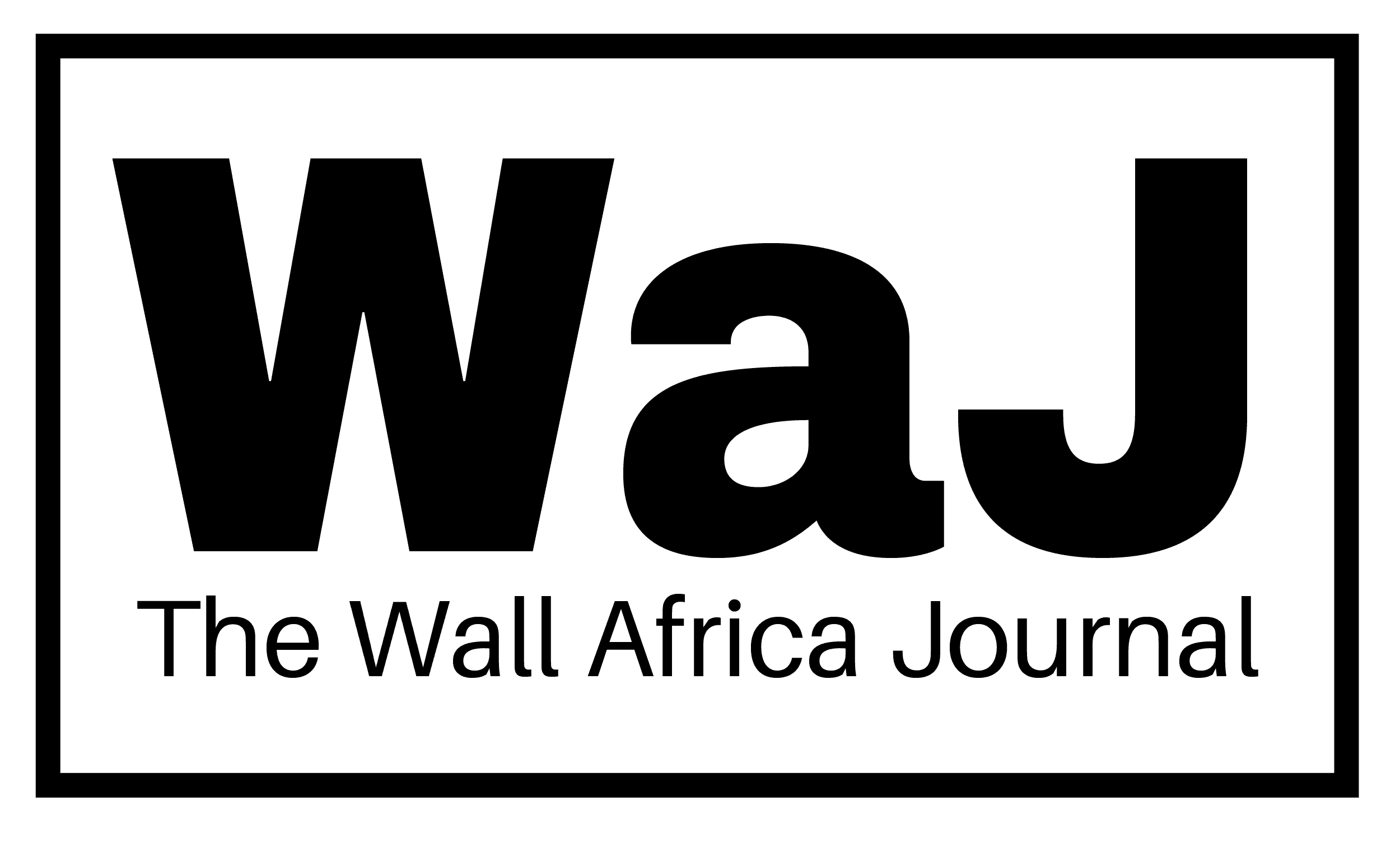In November 2024, Starlink paused new customer sign-ups in Nairobi after its network capacity was exceeded.
Six months later, the freeze remains in place, leaving users who purchased hardware still unable to access the service.
This situation raises concerns about Starlink’s promise of reliable, high-speed internet.
“It Would Degrade Everyone’s Service”
Starlink’s Vice President of Business Development, Lauren Dreyer, told CNN in February: “If we just kept letting people sign up, it would degrade everybody’s service.”
Customers in Nairobi reported purchasing Starlink kits but being unable to access the network.
Nearby regions like Kiambu, Machakos, Kajiado, and Murang’a are experiencing the same issues.
New Ground Station Fails to Relieve Congestion
In January 2025, Starlink added a ground station in Nairobi, expected to improve speeds and reduce latency.
However, congestion hasn’t eased, and new users are still unable to get online. As of March 2025, Starlink had 7,135 satellites in orbit, yet demand in Kenya continues to grow faster than the system can support.
No Local Office, Poor Customer Support
Another challenge for Kenyan users is Starlink’s lack of a physical office in the country.
This makes accessing customer support difficult.
Retailers and local hardware vendors who stock Starlink kits are also being affected, with many supermarkets suspending kit sales.
Slower Speeds Compared to Regional Leaders
Recent data from internet analytics firm Ookla showed that users in Botswana recorded average download speeds of over 100 Mbps in early 2025.
Rwanda and Ghana followed with speeds above 75 Mbps. In Kenya, speeds hovered just below 50 Mbps—more than double most local fiber providers but still behind regional leaders.
Growth Stalls as Customers Wait
Currently ranked as Kenya’s seventh most-used internet provider, Starlink’s growth in urban markets appears to be slowing.
Thousands of potential customers remain stuck—having paid for the service, but still unable to connect.



